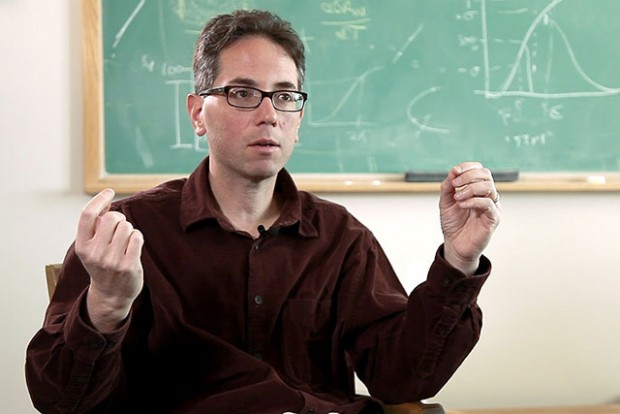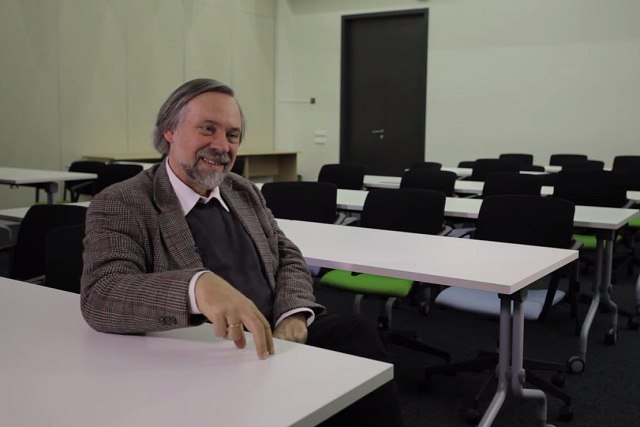The Interstellar Medium
Astrophysicist Christopher McKee on giant molecular clouds, hot gas in the halo of the Galaxy, and dominant heating mechanism
videos | July 21, 2014
What are the constituents of the interstellar medium? Which processes regulate the temperatures of different phases of matter between stars? Professor of Physics and of Astronomy at University of California, Berkeley Christopher McKee speaks on the challenges of observing different components of our Galaxy.
Another very important constituent of the interstellar medium is what astronomers call HII. And that’s ionized gas. The gas is mainly ionized by a very hot stars. A star like the Sun emits radiation that is peaked at about the wavelength that we see with our eyes. And the typical energy of photon is, say, a couple of electronvolts. However, when you get up to an energy of more than 13.6 electronvolts then the radiation is energetic enough to actually take the electron from the hydrogen atom and split it away, so you have a separate electron and proton. This system makes an HII region. In order to do that you need to have a star, that is this much hotter than the Sun.
The molecular hydrogen is not absorbing the radiation, it’s transparent. And that’s because of a constituent of the interstellar medium which pervades all the different phases, that I’ve been describing and that’s interstellar dust particles. Much of the heavy elements in the interstellar medium, for example, like iron and silicon are primarily in solid particles. These solid particles are less than a micron in size. They essentially act like tiny little particles of dirt, if you will, and as you know dirt, sand and things like that are opaque. So you have these tiny particles, their size is comparable to the size, the wavelength of visible light and ultraviolet light and so those particles are very effective at absorbing light of stars. As you go to longer wavelengths, so I have a tiny particle, exaggerated here, but imagine the distance between my fingers as the size of a particle. The wavelength of my radiation is much bigger then the radiation does not interact very strongly with that particle and it can penetrate through. And so then in order to study these molecular clouds, we use observations in the infrared region of the spectrum where the wavelength is longer.
You could ask: “Why is that that the different constituents of the interstellar medium have the temperatures that they do?” The temperature of space of the universe is about 2.7 degrees Kelvin. That’s the temperature the Cosmic Microwave Background. So why doesn’t everything just cool down to that? Well if you look at the atomic hydrogen that I talked about it first and as I mentioned it has this dust that’s embedded in. This hydrogen is heated primarily by starlight. Starlight, particularly in the ultraviolet, is absorbed by these dust grains and when an ultraviolet photon comes in and hits a dust grain, it will eject an electron and that electron carriers energy with it, which then heats up the gas. So that’s the dominant heating mechanism for the neutral gas.






























